Planting Mustard Greens - How To Grow Mustard Greens
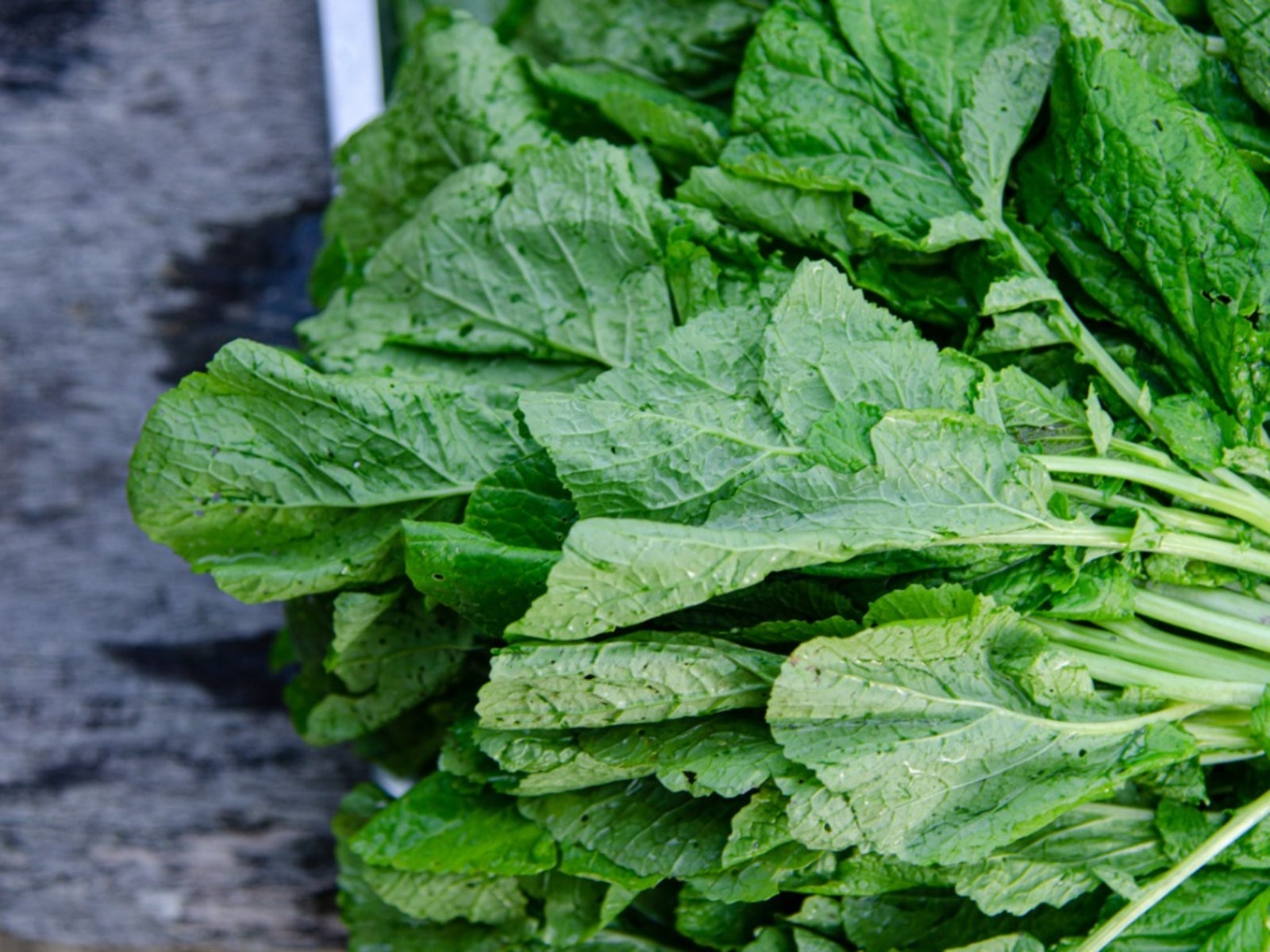

Growing mustards is something that may be unfamiliar to many gardeners, but this spicy green is quick and easy to grow. Planting mustard greens in your garden will help you add a healthy and tasty food to your vegetable garden harvest. Keep reading more to learn how to plant mustard greens and the steps for growing mustard greens.
How to Plant Mustard Greens
Planting mustard greens is done either from seed or from seedlings. Since growing mustard greens from seed is so easy, this is the most common way to plant mustard greens. However, young seedlings will work just as well. If you'll be growing mustards from seed, you can start them outdoors three weeks before your last frost date. If you would like a more steady harvest, plant mustard green seeds about every three weeks to give you a successive harvest. Mustard greens will not grow well in the summer, so you should stop planting seeds a bit before the end of spring and start planting the mustard greens seeds again in midsummer for a fall harvest. When planting mustard greens seeds, plant each seed just under the soil about a half inch (1 cm.) apart. After the seeds sprout, thin the seedlings to 3 inches (8 cm.) apart. If you're planting seedlings, plant them 3 to 5 inches (8-13 cm.) apart beginning three weeks before your last frost date. When planting mustard greens seeds, you can plant new seedlings every three weeks for a successive harvest.
How to Grow Mustard Greens
Mustard greens growing in your garden need little care. Give the plants plenty of sun or partial shade, and keep in mind that mustard greens like cool weather and grow rapidly. You can fertilize with a balanced fertilizer, but often these vegetables don't need it when in a well amended vegetable garden soil. Mustard greens need 2 inches (5 cm.) of water a week. If you are not getting this much rainfall a week while growing mustards, then you can do additional watering. Keep your mustard greens bed weed free, especially when they are small seedlings. The less competition they have from weeds, the better they will grow.
Harvesting Mustard Greens
You should harvest mustard greens while they're still young and tender. Older leaves will get tough and increasingly bitter as they get older. Discard any yellow leaves that may appear on the plant. Mustard greens are harvested one of two ways. You can either pick individual leaves and leave the plant to grow more, or the entire plant can be cut down to harvest all the leaves at once.
Gardening tips, videos, info and more delivered right to your inbox!
Sign up for the Gardening Know How newsletter today and receive a free copy of our e-book "How to Grow Delicious Tomatoes".

Heather Rhoades founded Gardening Know How in 2007. She holds degrees from Cleveland State University and Northern Kentucky University. She is an avid gardener with a passion for community, and is a recipient of the Master Gardeners of Ohio Lifetime Achievement Award.
-
 Zinnias On Repeat: 10 Glorious Cut-And-Come-Again Varieties For Endless Summer Bouquets
Zinnias On Repeat: 10 Glorious Cut-And-Come-Again Varieties For Endless Summer BouquetsThese zinnia varieties keep giving all summer, making them the perfect choice for dedicated cutting gardens – or just the occasional homegrown bouquet.
By Ellen Wells
-
 Create A Romantic Garden Straight Out Of Bridgerton: Regency Era Romance In Your Garden
Create A Romantic Garden Straight Out Of Bridgerton: Regency Era Romance In Your GardenTry some romantic garden ideas straight out of Bridgerton. Flowers and gardens in the Regency era were lush and charming and you can get the same look!
By Bonnie L. Grant
-
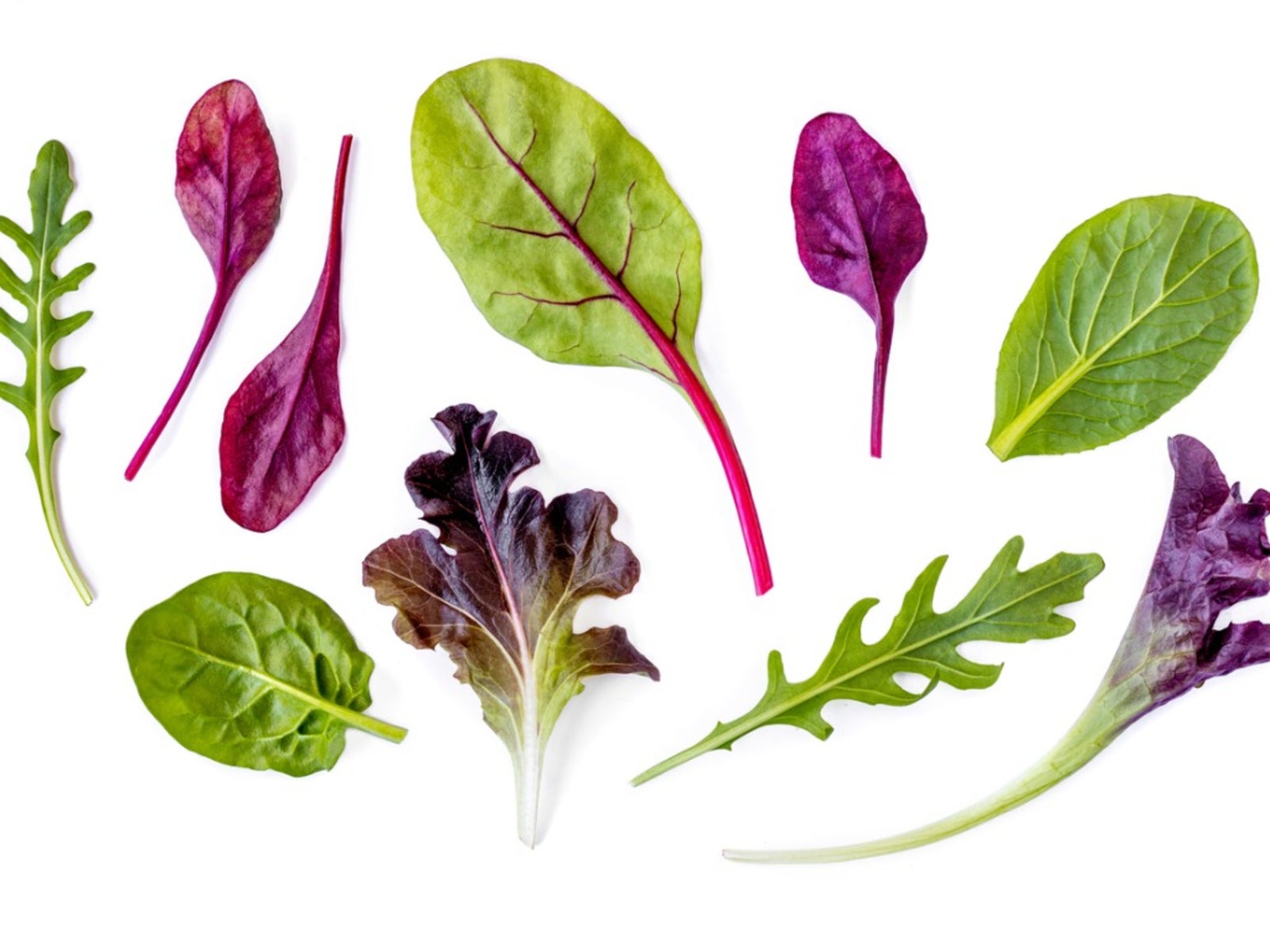 Substitutes For Lettuce – Growing Alternative Salad Greens
Substitutes For Lettuce – Growing Alternative Salad GreensAlternatives to lettuce are generally higher in nutrients and more flavorful. Click here for some ideas on what to use as substitutes for your lettuce.
By Amy Grant
-
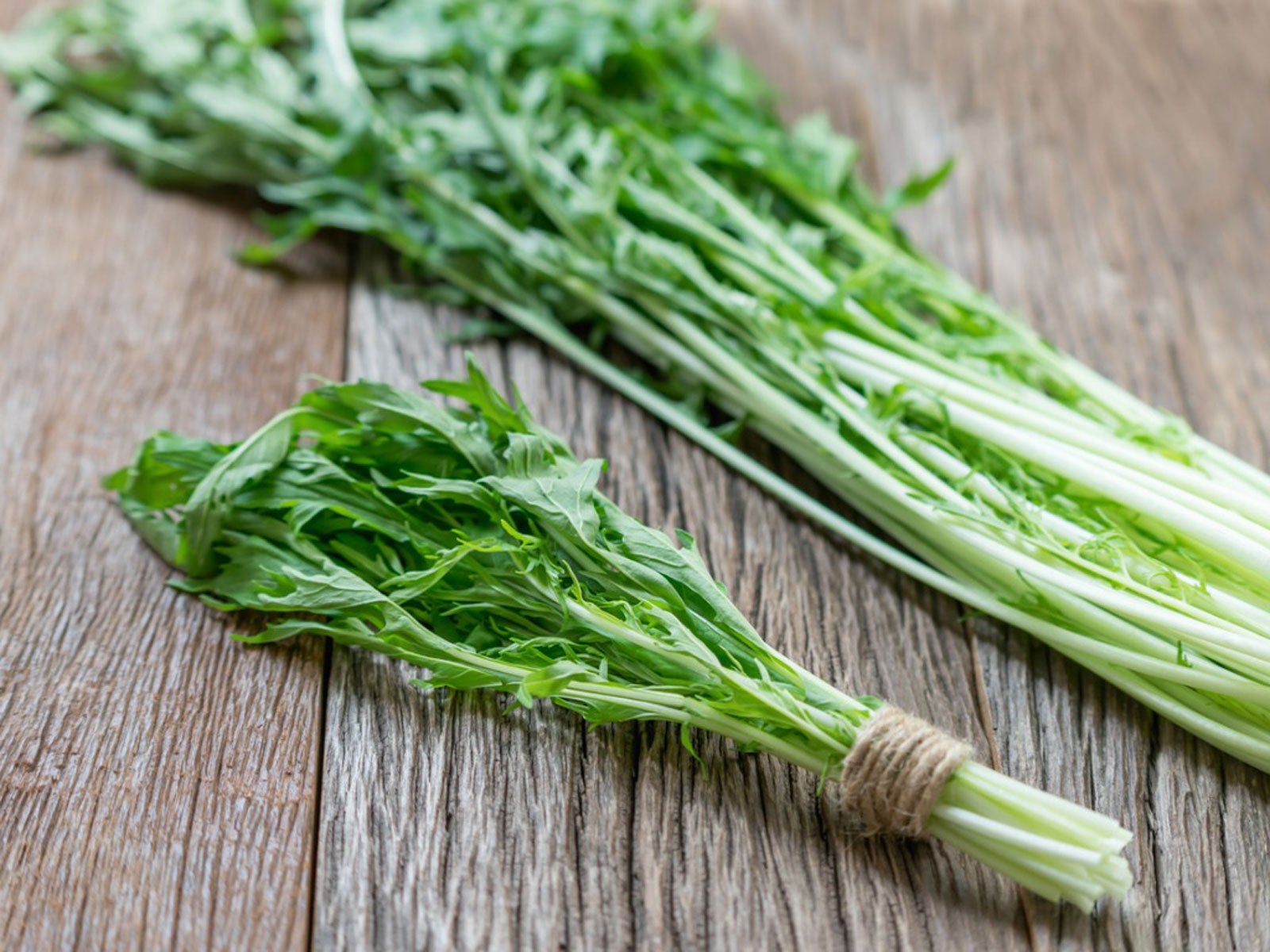 Mibuna Mustard Greens: How To Grow Mibuna Greens
Mibuna Mustard Greens: How To Grow Mibuna GreensMibuna mustard is a highly nutritious Asian green with a mild, mustardy flavor. Wondering how to grow mibuna greens? Click here.
By Mary H. Dyer
-
 Autumn Crop Greens – When To Plant Greens In The Fall
Autumn Crop Greens – When To Plant Greens In The FallYou can easily grow greens in fall. Many leafy salad greens are cool season crops that prefer the autumn temperatures. Click here for more.
By Amy Grant
-
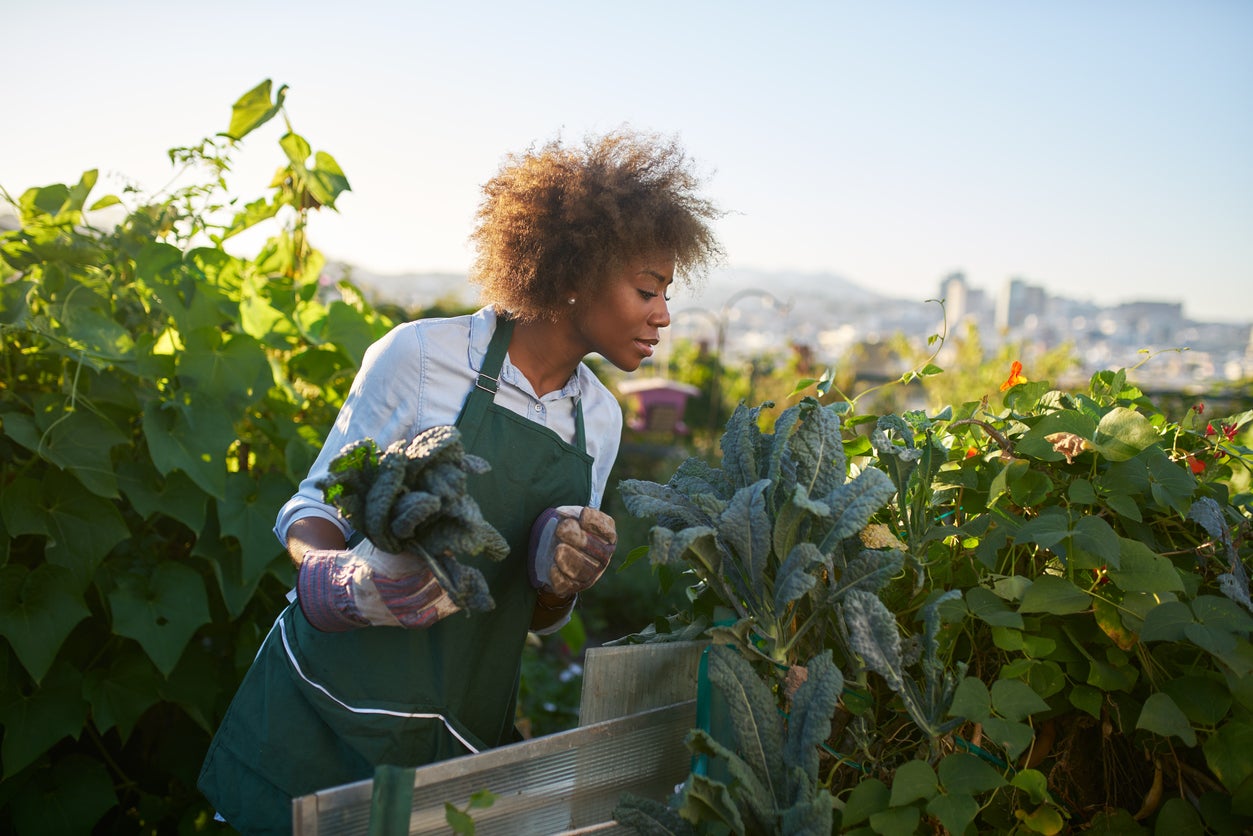 How To Harvest Leafy Greens – Picking Leafy Greens In The Garden
How To Harvest Leafy Greens – Picking Leafy Greens In The GardenAll leafy greens are easy to grow, rich in nutrients (although some more than others) and some can be eaten both fresh and cooked. Harvesting leafy greens is a simple matter as well. Click here if you’re interested in learning how and when to harvest garden greens.
By Amy Grant
-
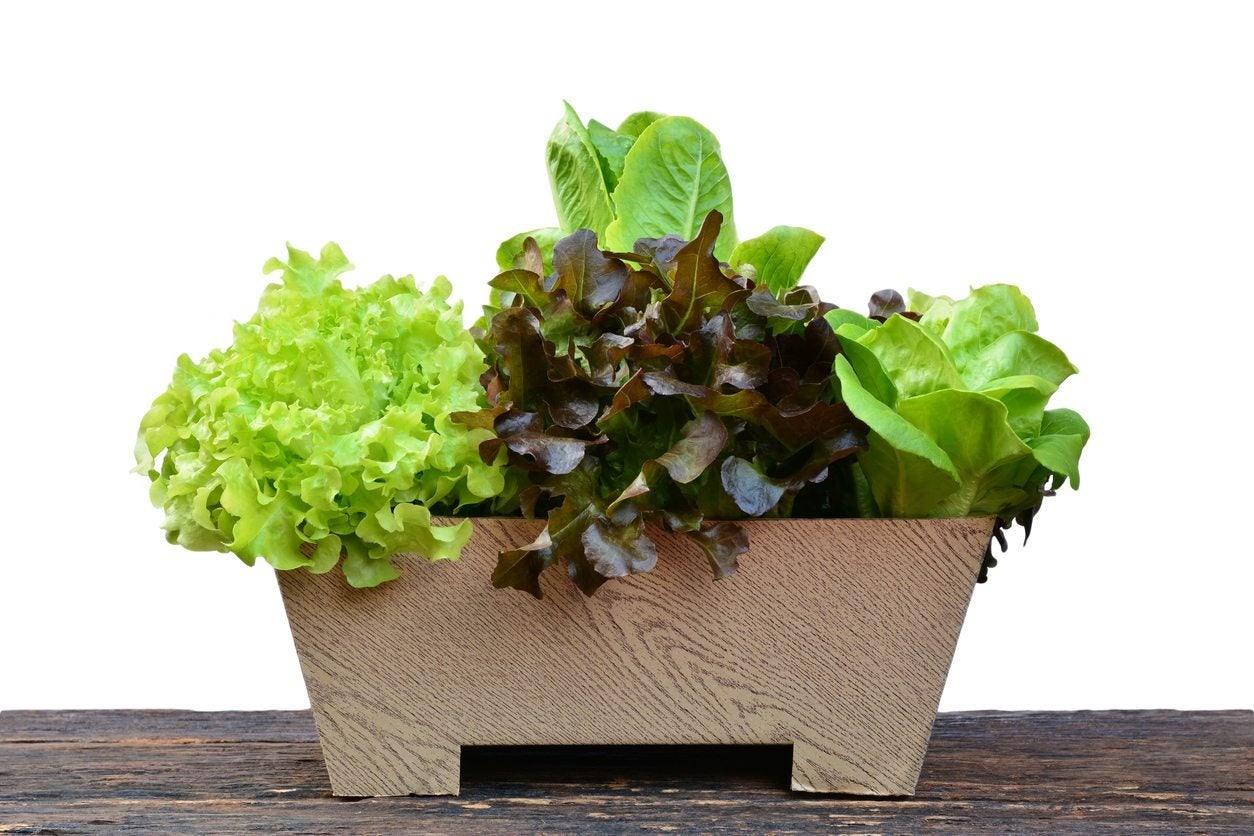 Growing A Salad Bowl Garden: Learn How To Grow Greens In A Pot
Growing A Salad Bowl Garden: Learn How To Grow Greens In A PotGrowing your salad greens in containers! They're less expensive, fresh and at your fingertips. A salad bowl garden is the ultimate luxury for easy gardening and healthy eating.
By Amy Grant
-
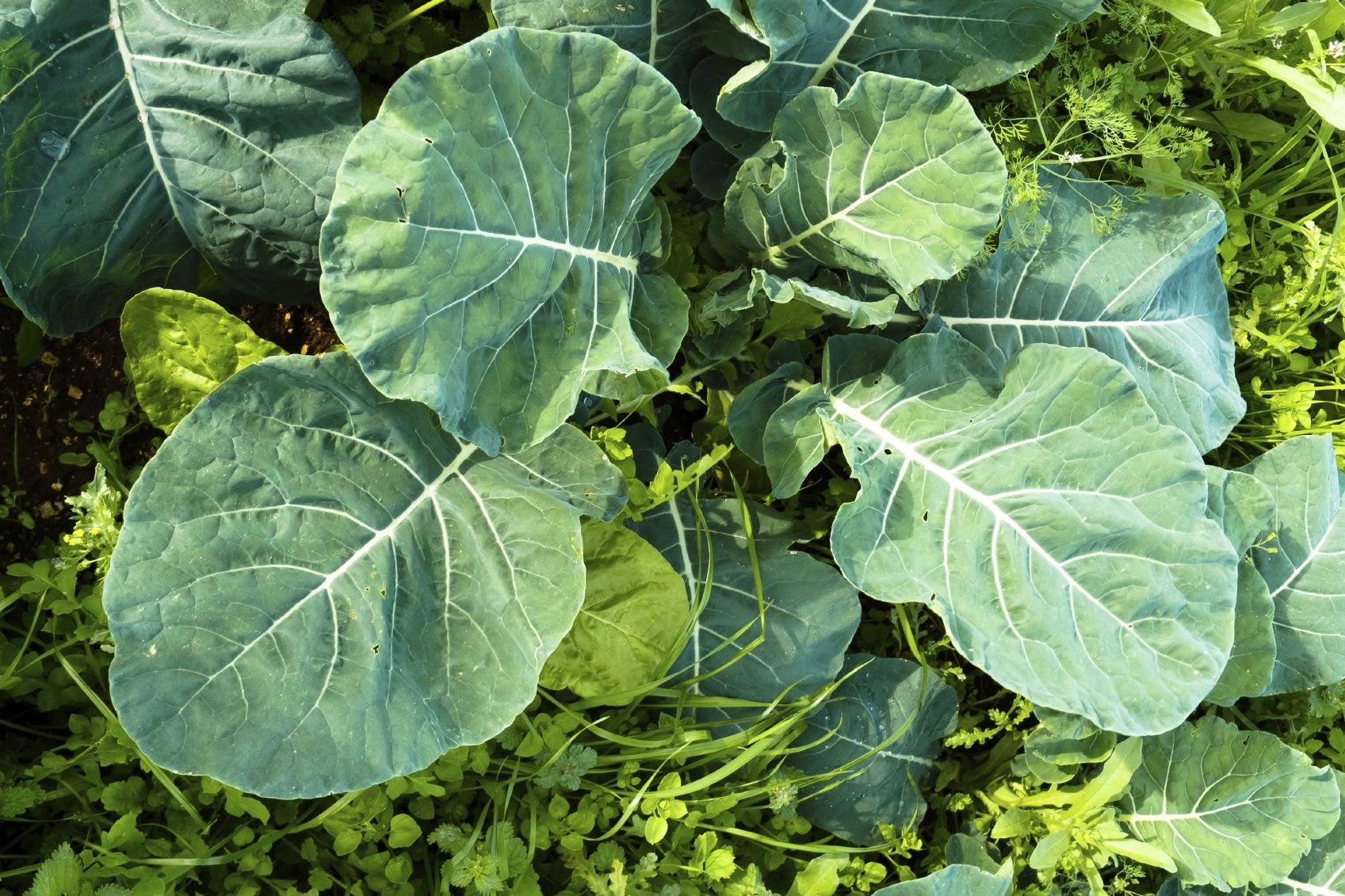 Winter Salad Greens: Tips On Growing Greens In Winter
Winter Salad Greens: Tips On Growing Greens In WinterIf you get cold winters, you're not going to be picking tomatoes in February. You may, however, be picking any leafy greens you like. If you're growing in the winter, salad greens are the way to go. Learn how to grow greens over winter here.
By Liz Baessler
-
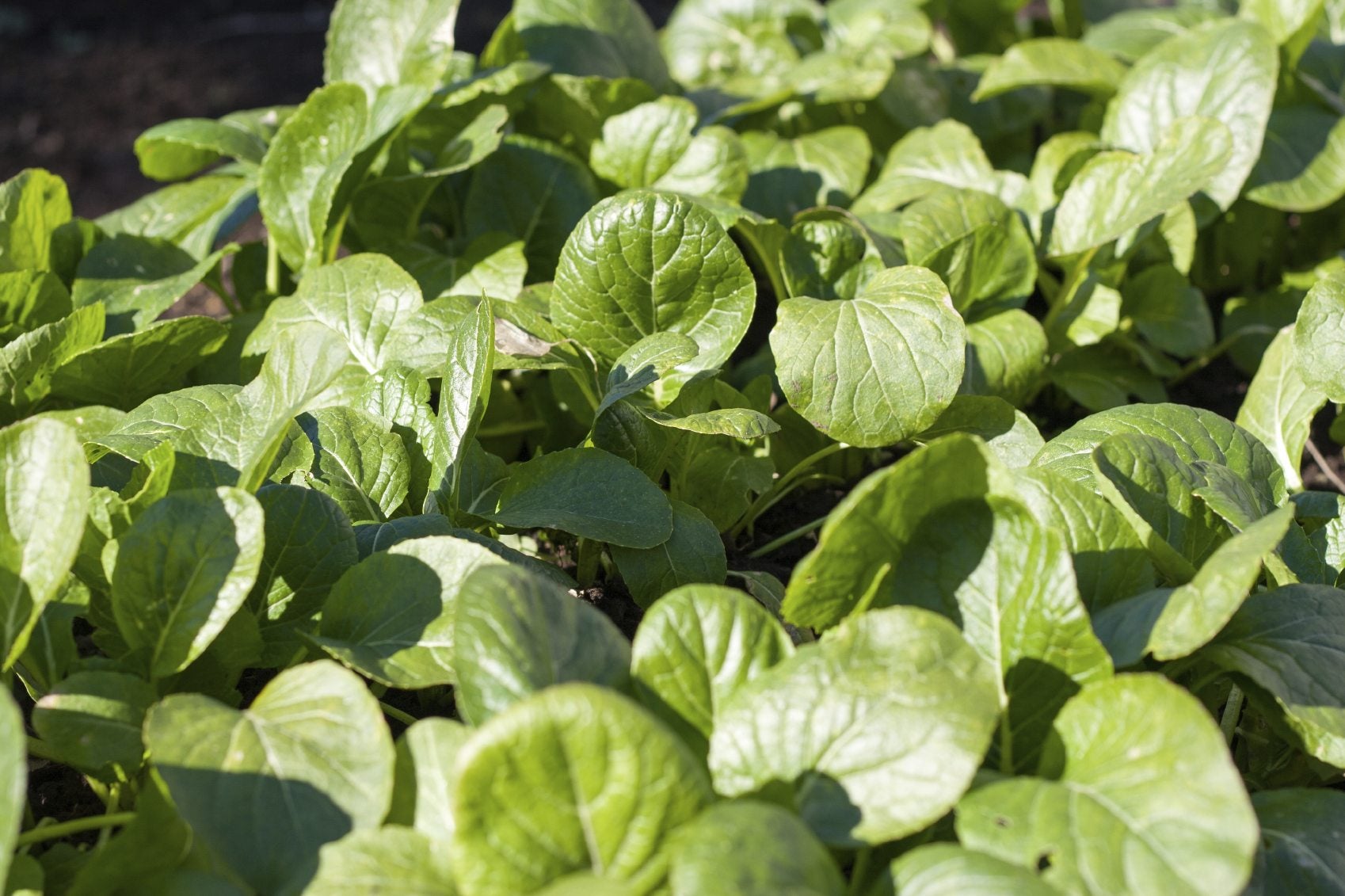 Komatsuna Plant Care: Tips On Growing Komatsuna Greens
Komatsuna Plant Care: Tips On Growing Komatsuna GreensI dare say most of us have never heard of growing komatsuna greens; I hadn't. When I read about them, I began to wonder what does komatsuna taste like and how do you grow it. Read on to discover a wealth of interesting komatsuna facts.
By Amy Grant
-
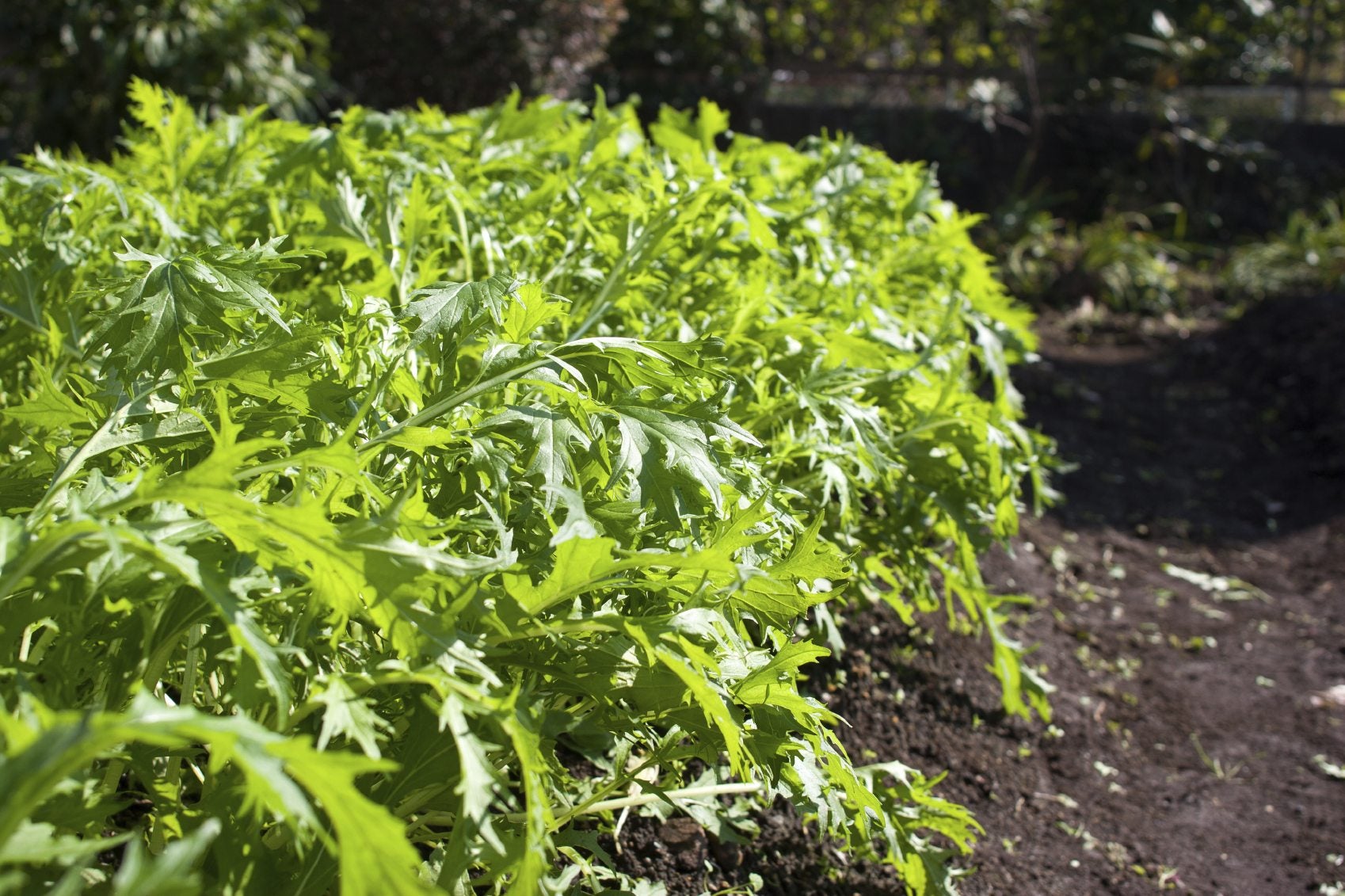 Asian Mizuna Greens: How To Grow Mizuna Greens In The Garden
Asian Mizuna Greens: How To Grow Mizuna Greens In The GardenMizuna greens are a popular leafy vegetable from Asia that is used worldwide. Like many Asian greens, they are related to the more familiar mustard greens. For more information on growing mizuna greens, this article will help.
By Liz Baessler